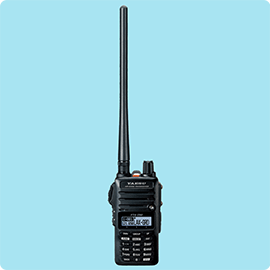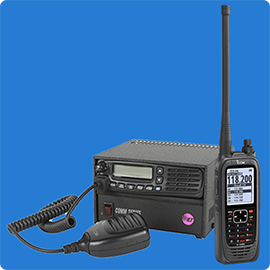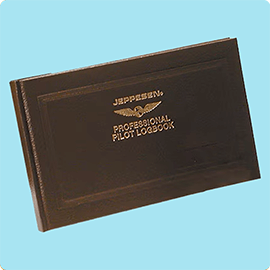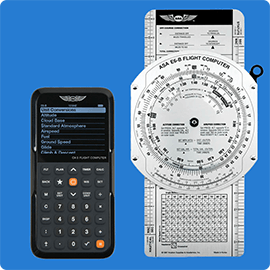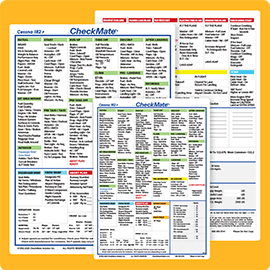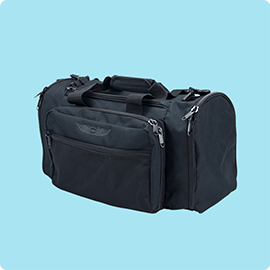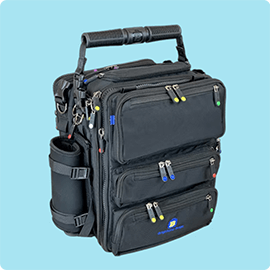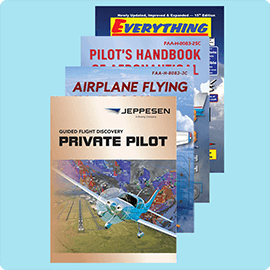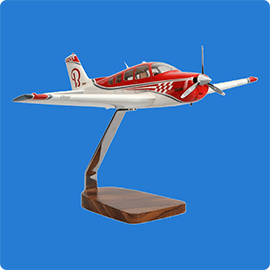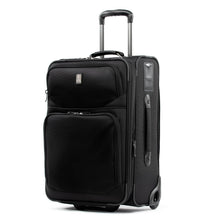The Pre-Flight Briefing - Pilot Shop Blog

Logging Night Time: The Main Reasons You Need to Do It

Bingo Fuel Meaning (Why The Term Isn't Used In Civilian Aviation)
We want to welcome you aboard a fascinating journey into the world of aviation lingo! Together, we will be taking a closer look at a term that might sound mysterious to many of you: "Bingo Fuel."
While this phrase might evoke images of a lively game night with friends or family members, it holds a much more critical role in the world of aviation, specifically in military aviation.
In this article, we'll explore the meaning and significance of Bingo Fuel and shed light on why this intriguing term isn't commonly heard in the world of civilian aviation.
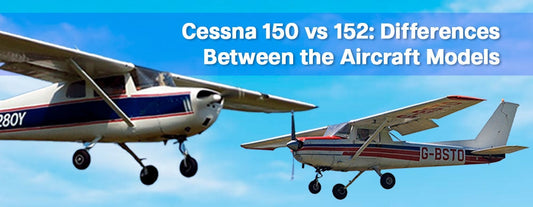
Cessna 150 vs 152: Differences Between the Aircraft Models
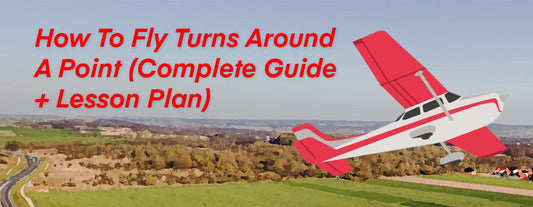
How To Fly Turns Around A Point (Complete Guide + Lesson Plan)
Are you ready to take your flight training to the next level? Ground reference maneuvers are an important part of mastering the skies! With this in mind, let's explore "turns around a point". It's exactly what it sounds like: you'll be flying in circles for an hour at a time. While it may seem superfluous, there is actual value to this exercise.
In this guide, we'll walk through why learning turns around a point is important and provide step-by-step instructions on how to perfect it.

From Cockpit to Closet: 10 Stylish Gifts for Pilots
In the world of aviation, clothing isn't just about comfort and style; it's a reflection of a pilot's passion and values. Aviators enjoy wearing symbols that display their love for flying, and that's where the right clothing brand comes in.
In this article, we'll explore 10 stylish gift ideas for pilots that not only elevate their wardrobe but also celebrate their profound connection to the skies.
![25 All-Time Best Songs About Flying [Which is Your Fav?]](http://www.pilotmall.com/cdn/shop/articles/3b194707a4910117ecab7147d201646b_4ab8b9d3-f79b-4ea7-b000-ac8e2d81d02e.jpg?v=1750698712&width=533)
25 All-Time Best Songs About Flying [Which is Your Fav?]

Airfoil Camber: Its Affect On Aerodynamics How it Generates Lift
When we gaze up at the sky and see birds or planes gracefully gliding across it, we never take a moment to appreciate just how intricate science makes this possible.
A key factor in getting these machines airborne is the aerodynamic shape of their wings: airfoils. In this article, we will delve into the world of airfoil camber, exploring its effect on aerodynamics and how it works to produce lift and power flight.
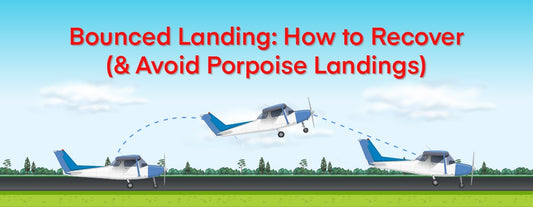
Bounced Landing: How to Recover (& Avoid Porpoise Landings)
It happens to everyone, even the most experienced of pilots - a bounced landing. Although they can be unnerving, it's important to stay calm and know that with the right technique, you can recover from one and avoid them in the future.
Here's what you should know and do to help bounce back from one and land safely during your next flight.

History: The Cessna 170B and Its’ Specifications
Imagine you have designed an excellent aircraft. It’s reliable, economical and requires minimal maintenance. Customers love it. There’s just one problem – your plane is a two-place design, and your company doesn’t yet have the strong four-place offering that customers are looking for. What do you do? Simply stretch the design, add two seats, and make a couple of tweaks for weight and balance, right?

Class B Airspace: Who Can Enter and How to Get Permission
New private pilots are used to flying into smaller airfields and in uncontrolled airspace, but when your flight plans take you to a major city with a large, busy airport, you will need to know how to navigate the crowded skies and runways. That’s right, it’s time to brush up on your Class B airspace knowledge.

Class G Airspace: Everything You Need to Know
Unlike the other five classes of airspace, Class G airspace is uncontrolled. It simply exists anywhere that is not designated as Class A, B, C, D, or E. Class G airspace will be found bordering Class E airspace which is another type of airspace that often needs a bit of explanation. While IFR traffic is controlled in Class E airspace, once you enter Class G, both VFR and IFR traffic are uncontrolled.

How to Become a Flight Attendant with No Experience (Guide)
You dream of a life of adventure, of getting paid to travel the world accumulating stamps in your passport and photos for your Instagram page. So how are you going to make that dream a reality? It’s the question you secretly dread. After all, you aren’t an Instagram influencer, a well-known travel writer, or the recipient of a generous trust fund. Working on a cruise ship is out because just taking a water taxi ride is enough to make you nauseous. You don’t have a pilot’s license and you have no experience as a flight attendant. What’s left?

Circling Approach: How to Accomplish It and What is it?
When we visualize our landings, we usually picture ourselves aligned with the runway centerline as we fly the final approach. Most of the time, that is exactly what the reality looks like, but what happens when we are flying an instrument approach and that approach is not aligned with the runway we wish to land on or conditions do not permit us to land on the aligned runway? Now what can we do? The solution is to execute a circling approach.

8 Preventable Airplane Disasters (Avoid Making These Fatal Mistakes)
Learning from the fatal mistakes of others is unfortunately a reality in the aviation world. The more we study and review what went wrong on other flights, the better prepared we will be to manage or avoid similar dangers on our own flights.
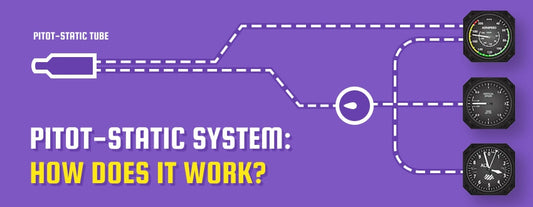
Pitot-Static System: How does it work?
The pitot-static system is a pressure-based aircraft system that measures and compares ram air pressure and static pressure. That data is then transmitted to aircraft instruments in the cockpit, giving the pilot information on aircraft altitude, airspeed and vertical speed.

The Best Aviation Headsets for a New "Student" Pilot - High End or Economy?
An aviation headset is one of the first pieces of equipment proud new student pilots will purchase. Not only does a headset serve as a communications device, but it also provides noise reduction and noise canceling features. These functions reduce background noise and cabin noise as well as decrease the risk of hearing loss over time.
Best Sellers
The most popular gear for pilots and aviation lovers.





